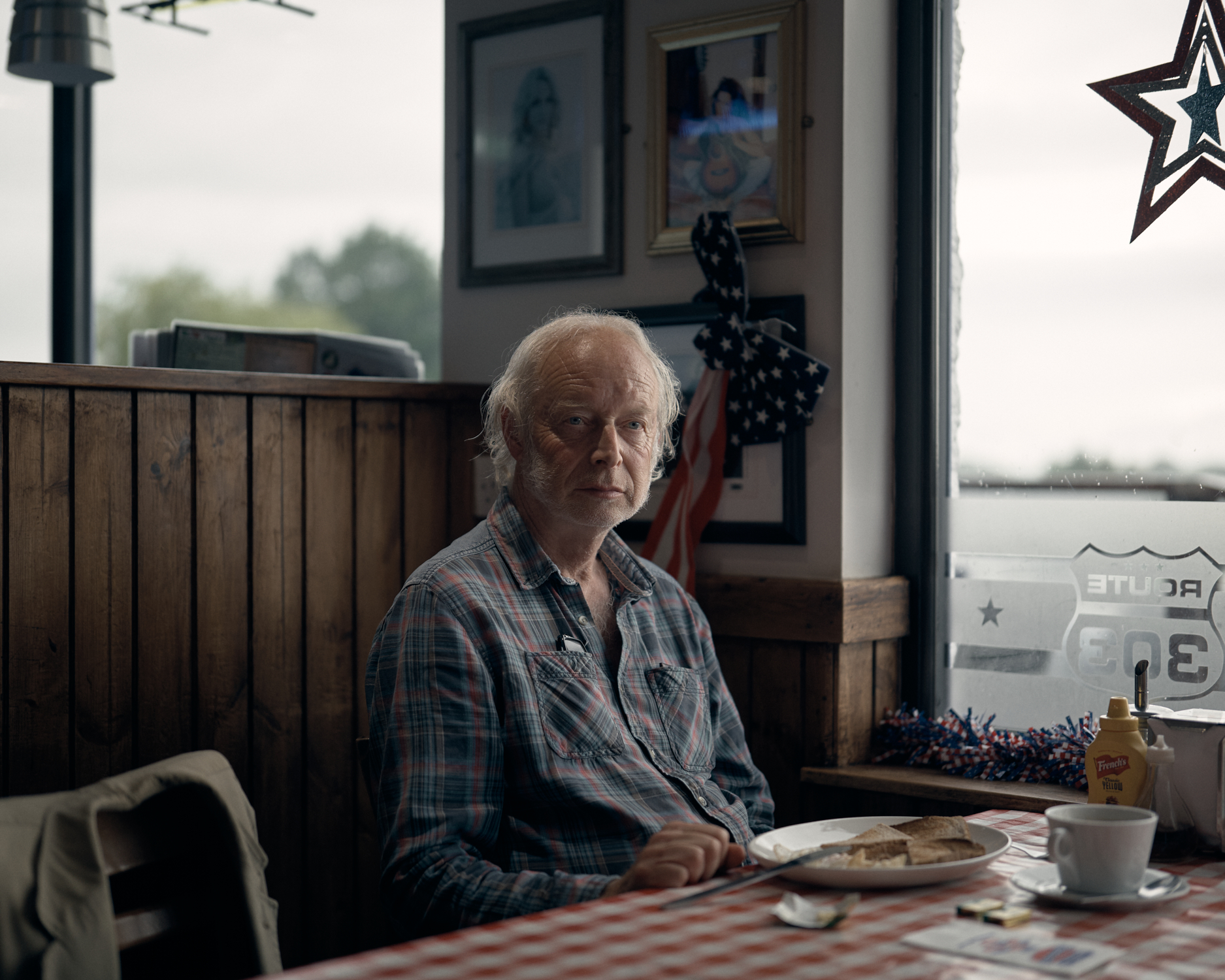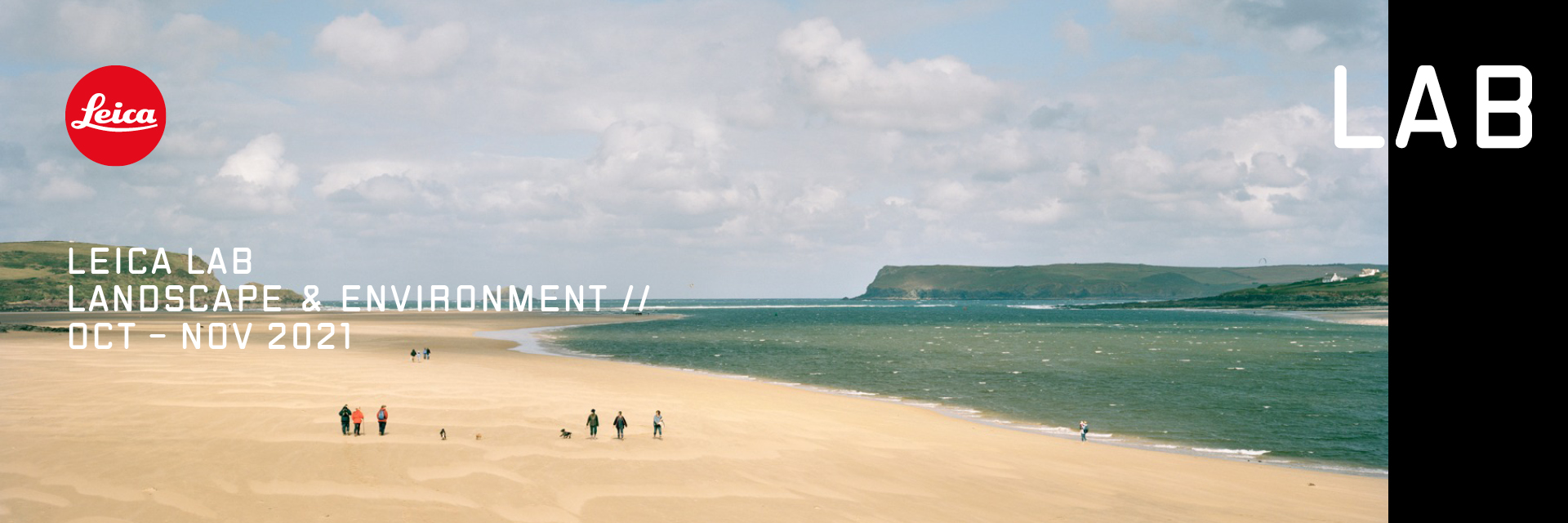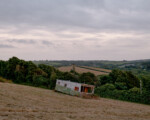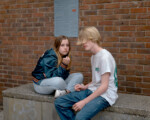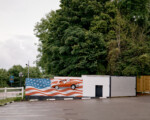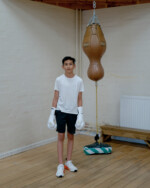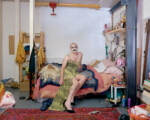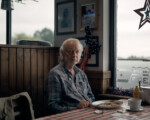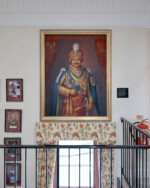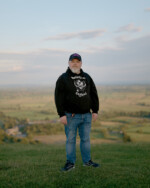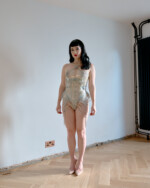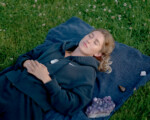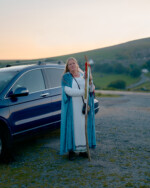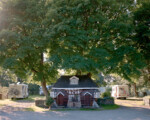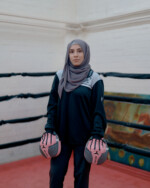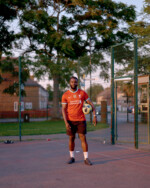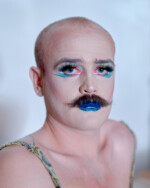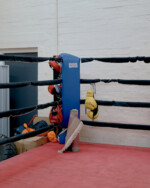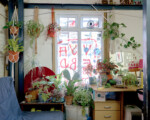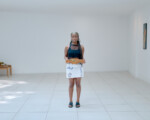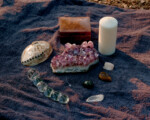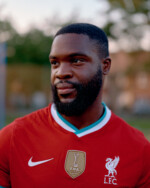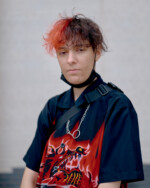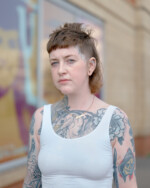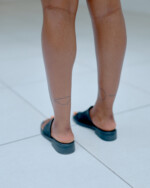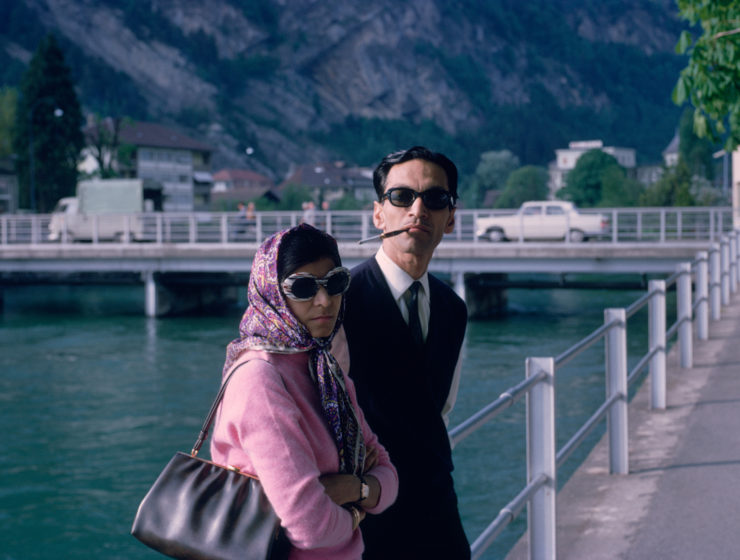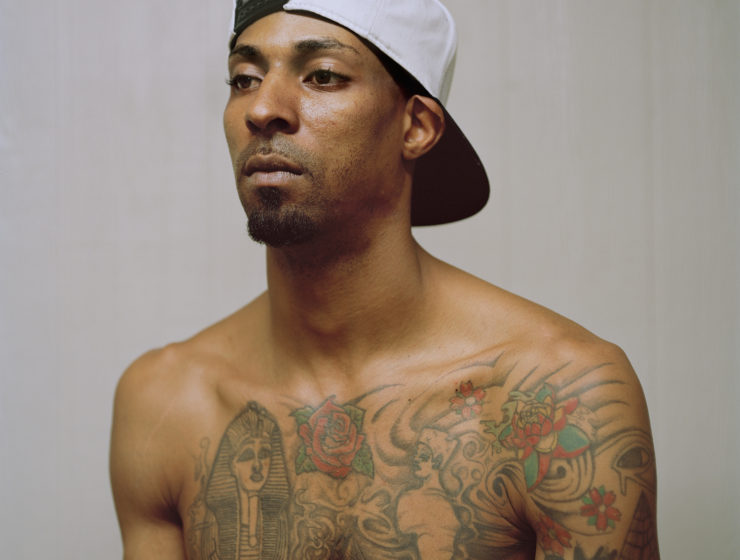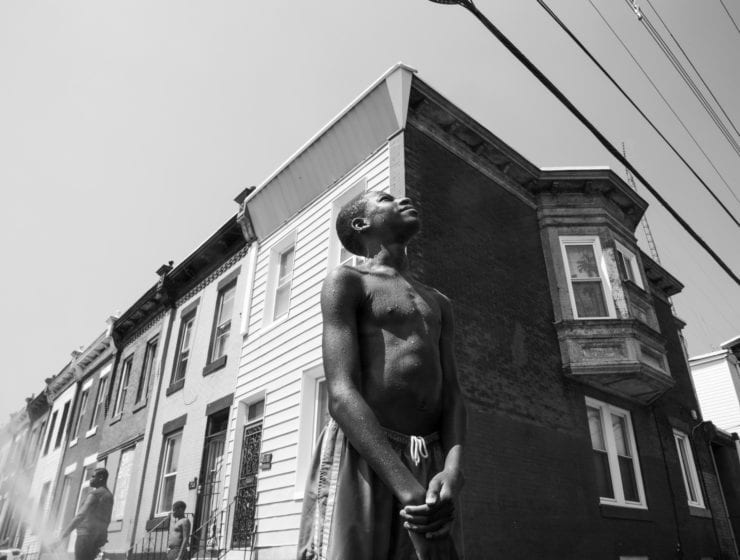Commissioned by Leica and 1854, Bannister’s new body of work – titled Witnesses of: Individuality – celebrates difference and commonality amongst the people of England
What does it mean to witness? Is it to view from afar or stand in solidarity? Is it to stumble by chance upon an event, or intentionally seek out an encounter? We are familiar with the idea that to hear is not the same as to listen. But how do we define a conscious mode of looking? For photographer James Bannister, his “way of seeing” is at the crux of his philosophy of the medium.
Commissioned by Leica in collaboration with 1854, Bannister’s new body of work – titled Witnesses of: Individuality – extends the reach of the artist’s ongoing preoccupations with ideas of identity, connection, and authenticity. Where previous work has led him to Las Vegas, Nevada and California in pursuit of the “visual language and semiotics… of escapism and wanderlust,” this particular brief brought Bannister home. Armed with Leica equipment and a £5000 creative grant, he spent three weeks driving around England, from London to the Southwest and Manchester to the Midlands, catching small glimpses of lives lived. The resulting sentiment is altogether more “subtle”, he reveals: “Thinking about what is ‘English’ about England.”
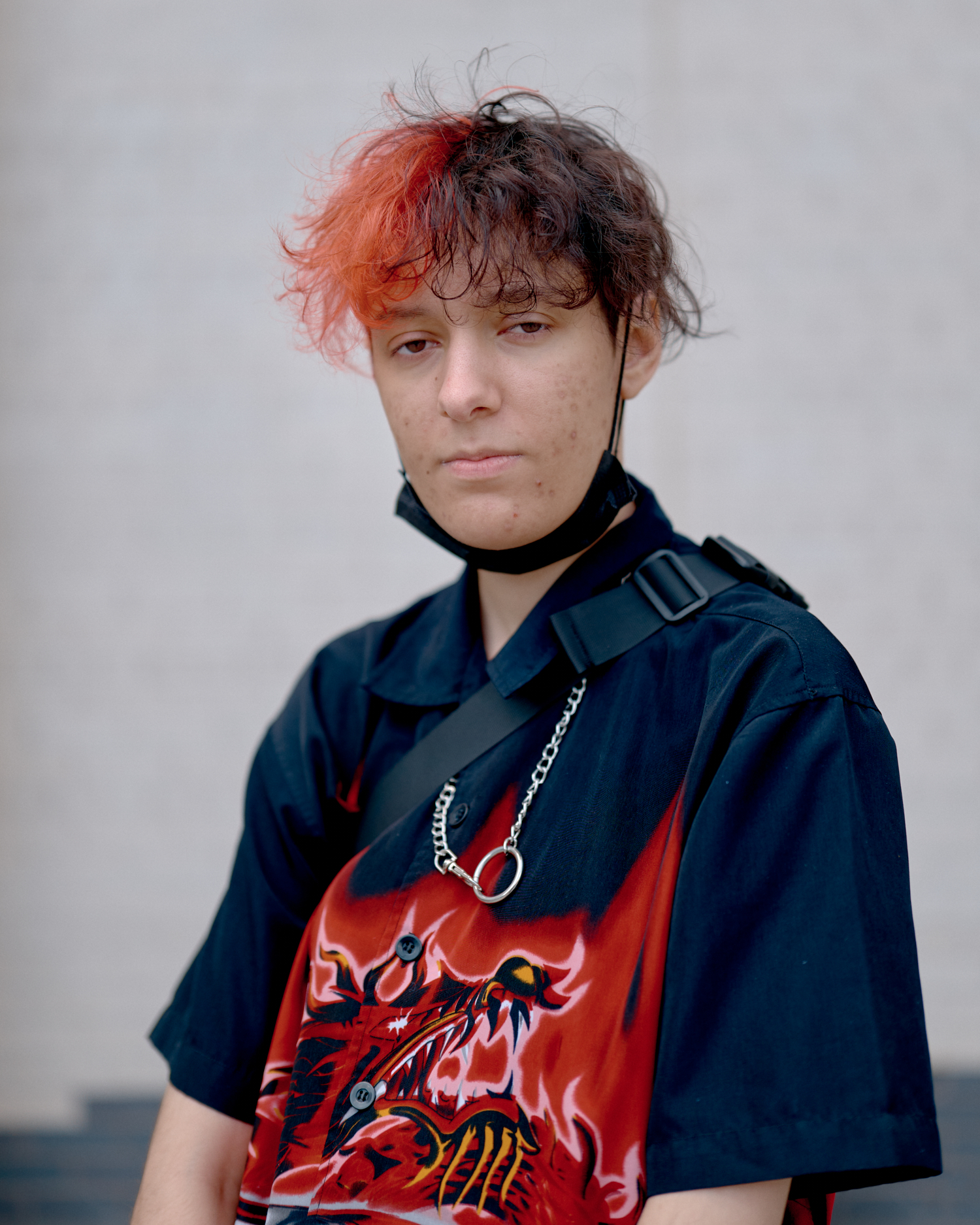
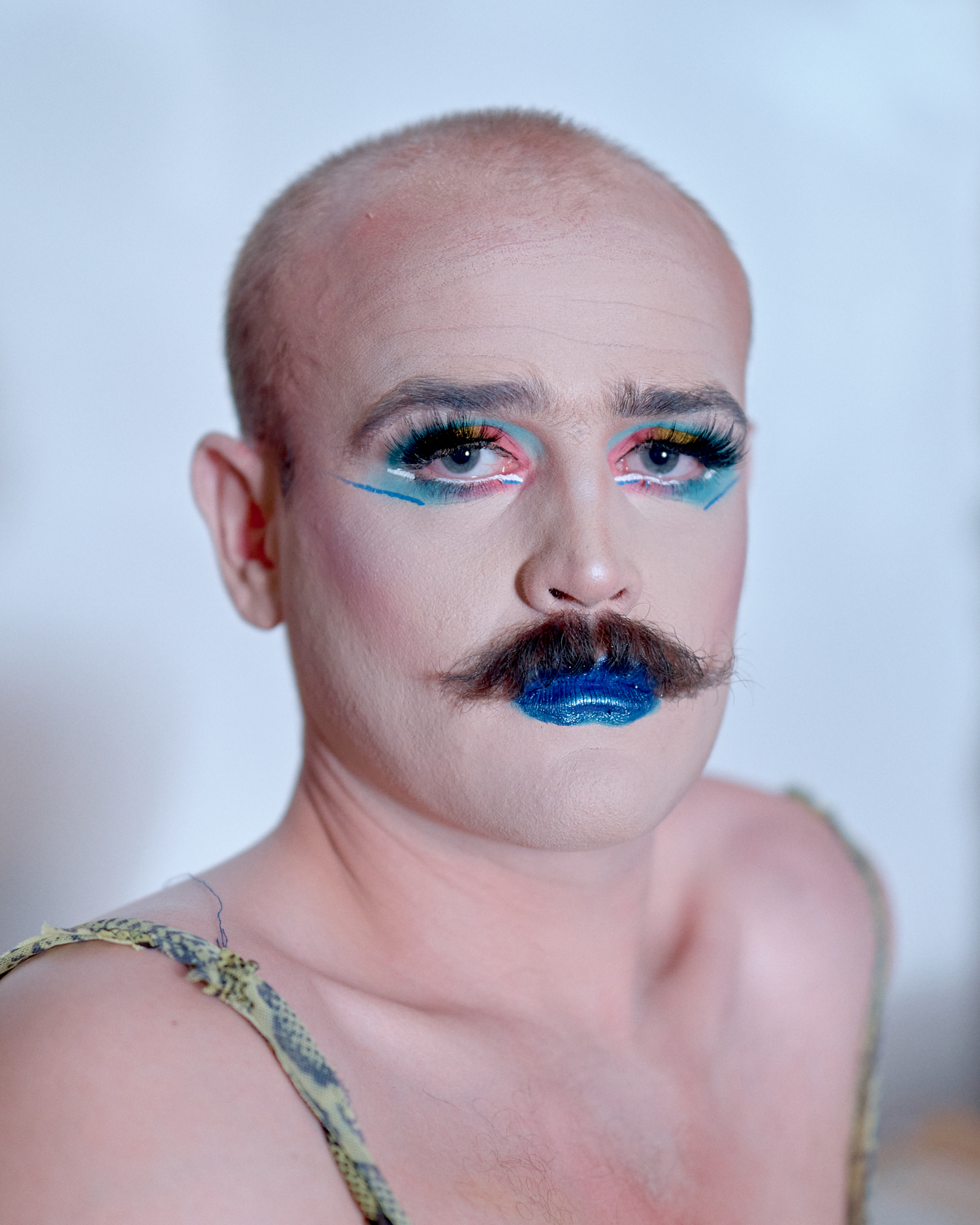
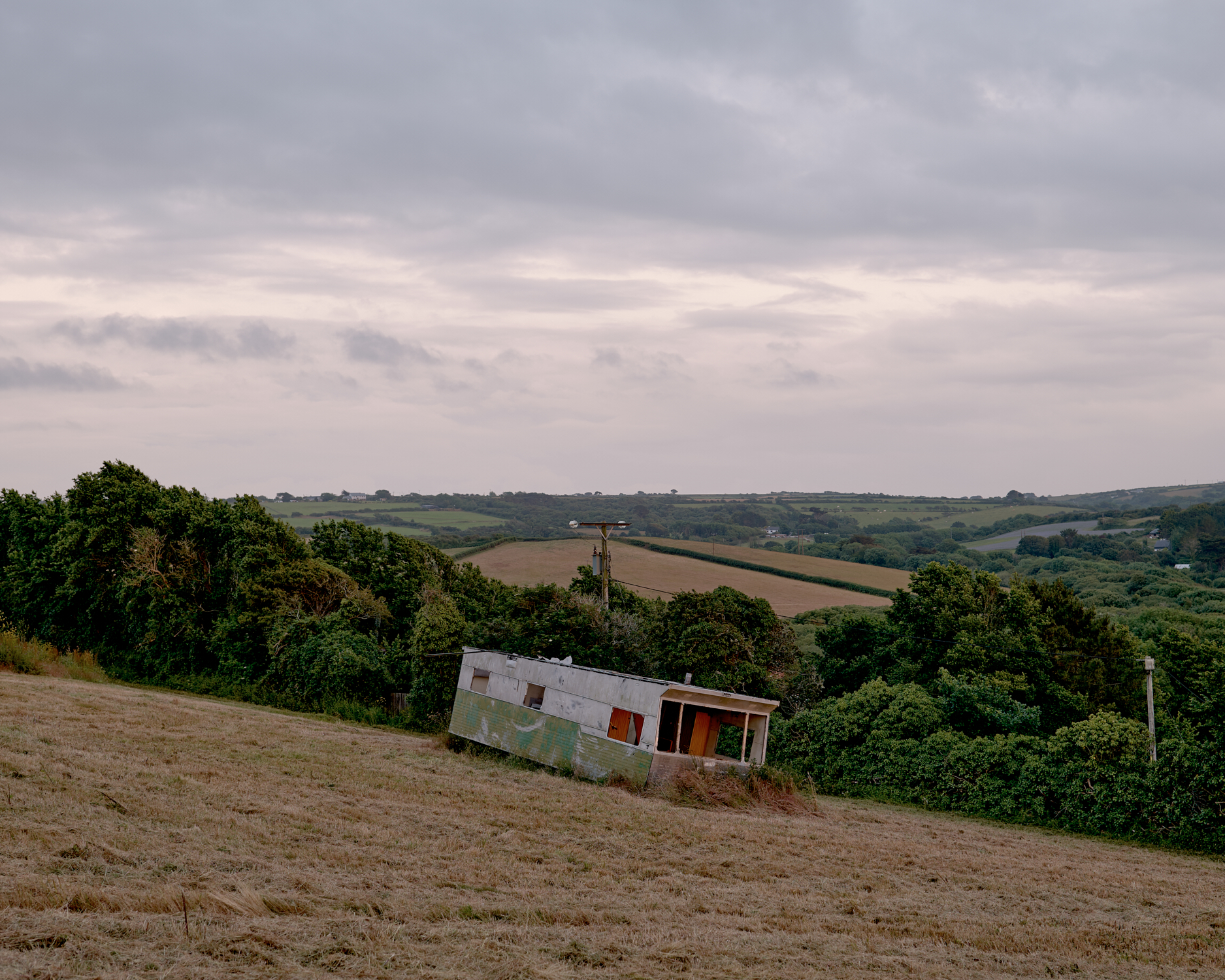
“I like to photograph through feeling”
– James Bannister
Central to Bannister’s photography is the probing of fact; seeking that which “lies underneath” the daily masks we don. A “see-saw” of facade and subsurface, artifice and authenticity, his work teeters on the edge of binaries, just near enough to unsettle stereotypes. For example, in his portrait of Leonore – a registered nurse, and also a proud Trustee of the Druid Network, engaged in promoting the ancient religion in north Cornwall – Bannister pictures her not in the presence of a historic site, nor even the majesty of Dartmoor’s dusk landscape, but framed by the midnight blue of her car. Capturing, in his sitter’s words, an image of “the modern-day Druid, reliant on cars to be able to access sacred sites.” For Leonore, modern day labels are needless. Her individuality is enriched, instead, by “a deep appreciation of history, nature, culture, and a deep sense of connectedness to the land.” Also, crucially, by her nationality as a Scot: “It is important I know my roots,” she says, resolutely.
In a second portrait, we meet Zoe Rhode laying across clover-speckled grass; her eyes closed, Madonna-like in the sea of her blue towel and hoody. Zoe’s story includes the trauma of being sexualised by others from a young age, before experiencing a spiritual awakening – she now practices as a ‘radical feminist witch’ – and regaining control of the narrative of her body through online sex work. Coveting an amethyst passed down from her grandmother, Bannister photographs her as an icon of stillness, resilience and resolve in her grasp.
Bannister’s approach to photography is “intuitive”. Long car journeys are unplanned. “Most of the time nothing happens, but eventually you end up somewhere amazing”, he says. (Roughly half of his sitters for Witnesses of: Individuality were chance meetings, none more typical than Steve from the Route 303 diner in Devon, himself a hobbyist photographer). For Bannister, the journey is also about fostering the right mindset. “I like to photograph through feeling”, he says. “I wait for what I perceive to be an emotional shift.”
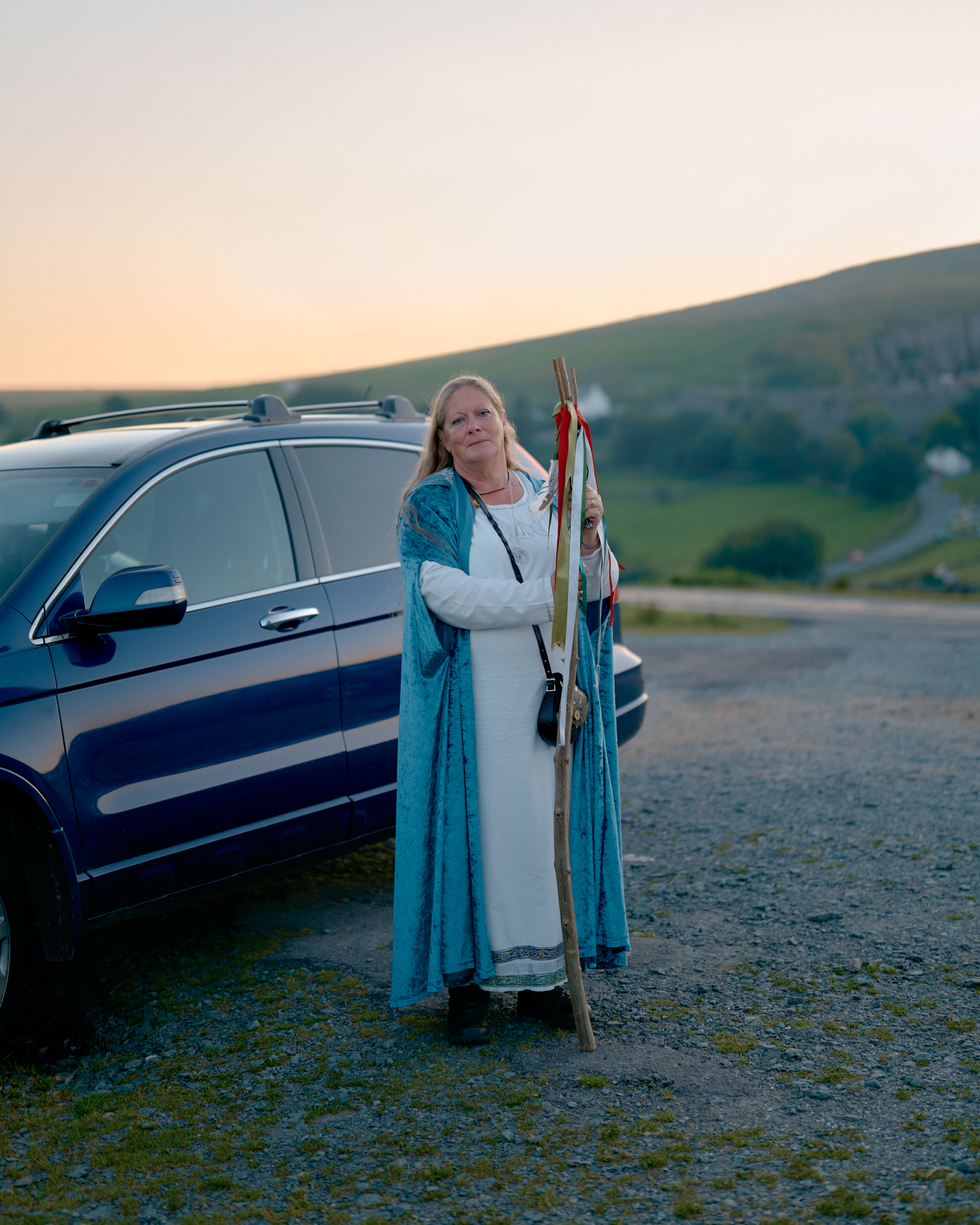
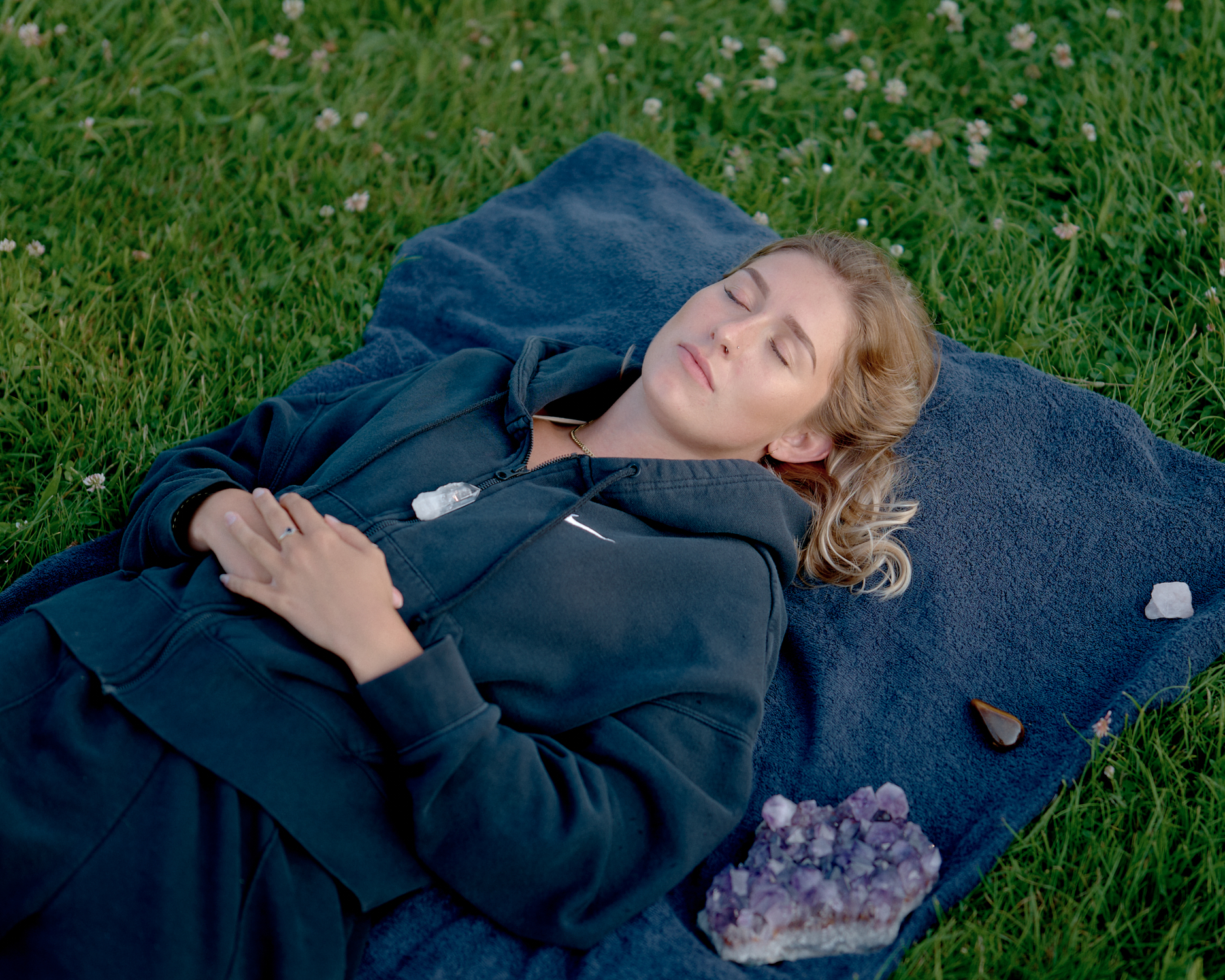
While Bannister’s process may be instinctive, its roots are in the “slow and cumbersome” technique of large format, designed to help settle his subjects. For the Leica commission, he reflects on the ease of adapting his process to the Leica SL2-S, in particular the ability to tailor the digital display to his needs. The symbiosis of classic and modern design meant “nothing got in the way of my process”, Bannister explains, praising the equipment’s minimal make-up in allowing him to “just see the subject.” His process is pared-back (“in a perfect world I would take one [shot]”); his instinct honed, and senses acute. As part of the commission, Bannister has also earned a place on the acclaimed Leica Lab course, which mentors photographers in developing photographic narratives.
Elsewhere in the series, in Southend, Bannister’s vision informs a portrait of Javen — a professional football player whose talent has taken him to play in the US. Walking the 100 metre stretch from Javen’s mother’s house to the football cage where we see him pictured, Bannister recalls how Javen “greeted almost everyone” they passed, signalling his ever-present ties to home, despite his far-flung career.
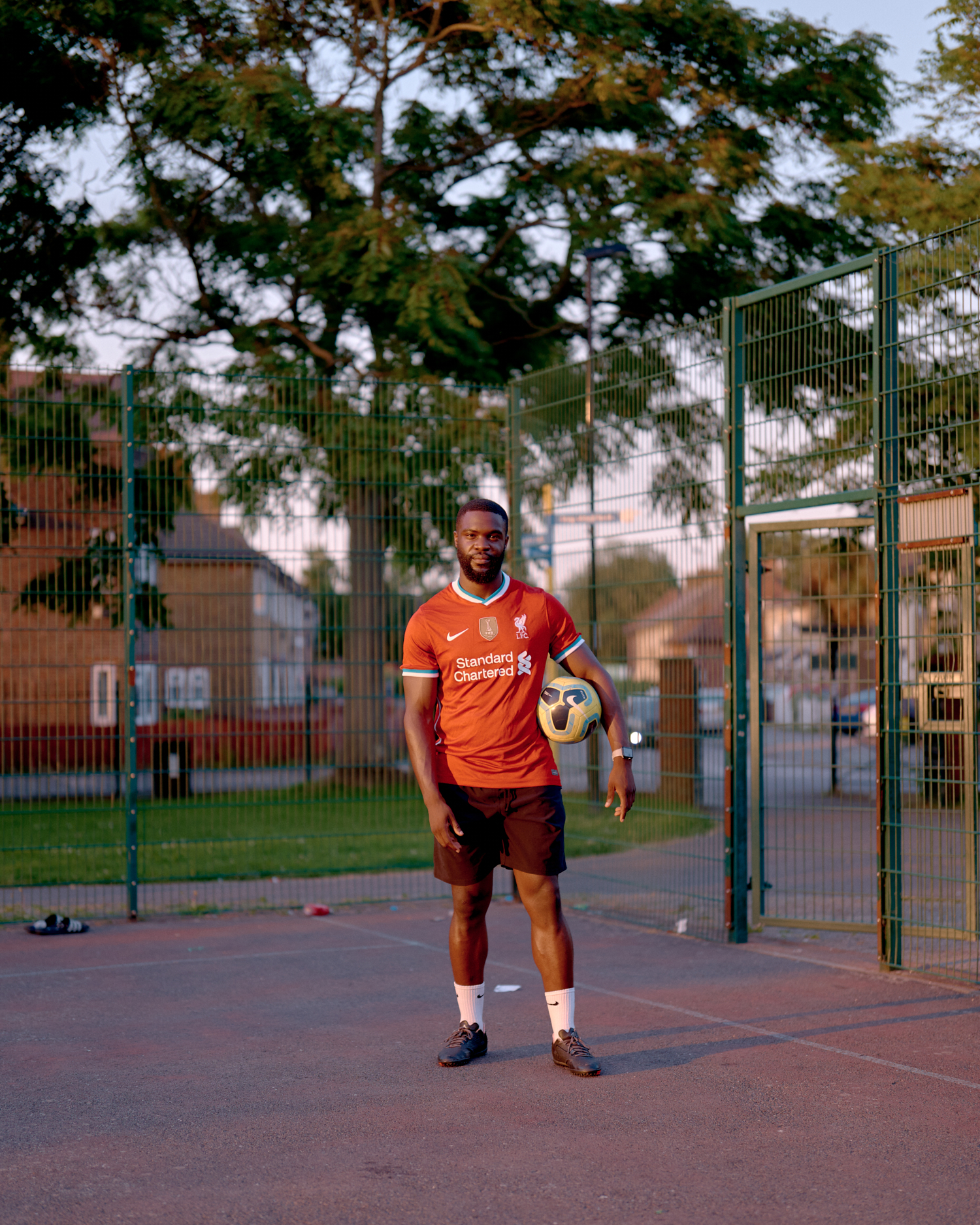
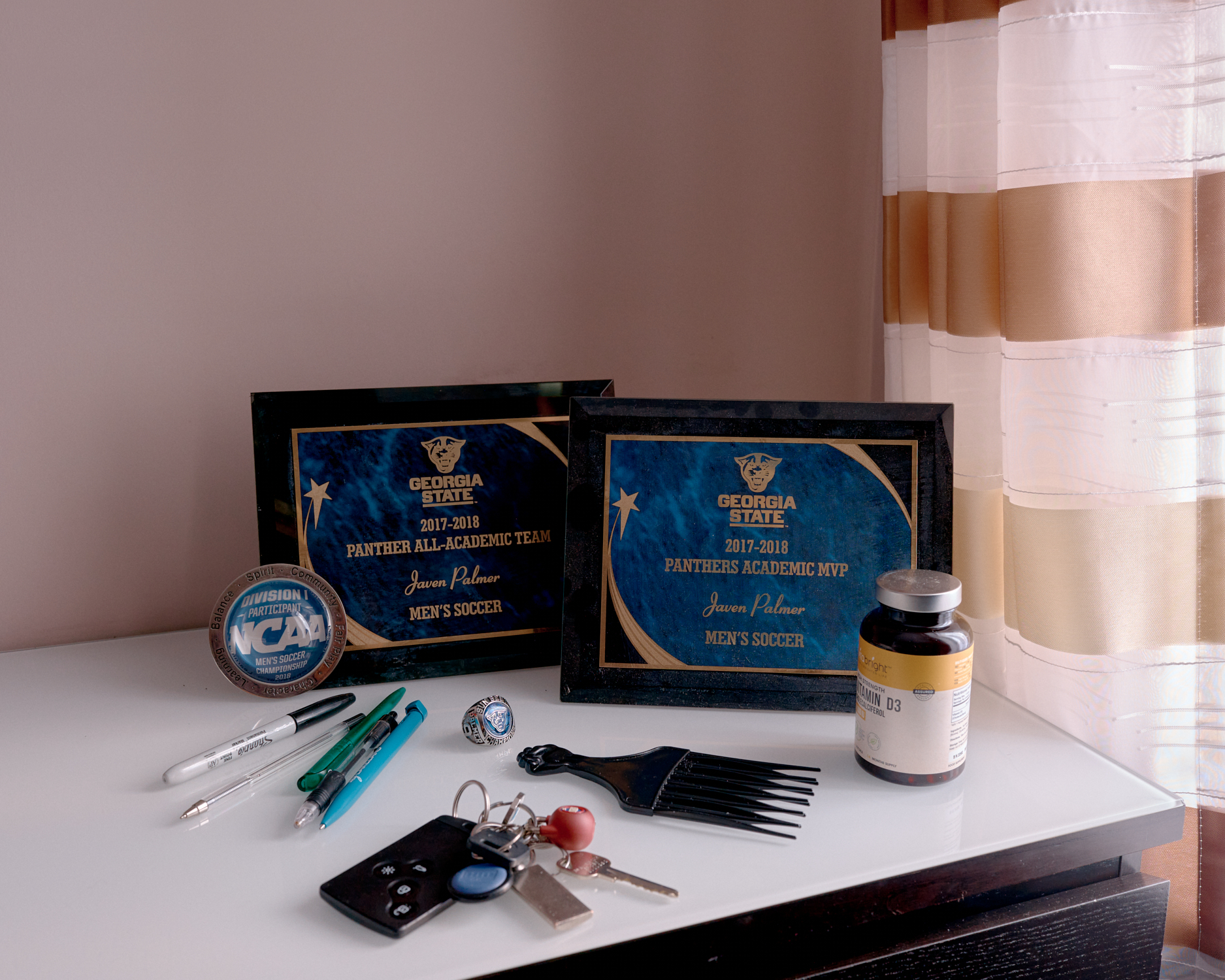
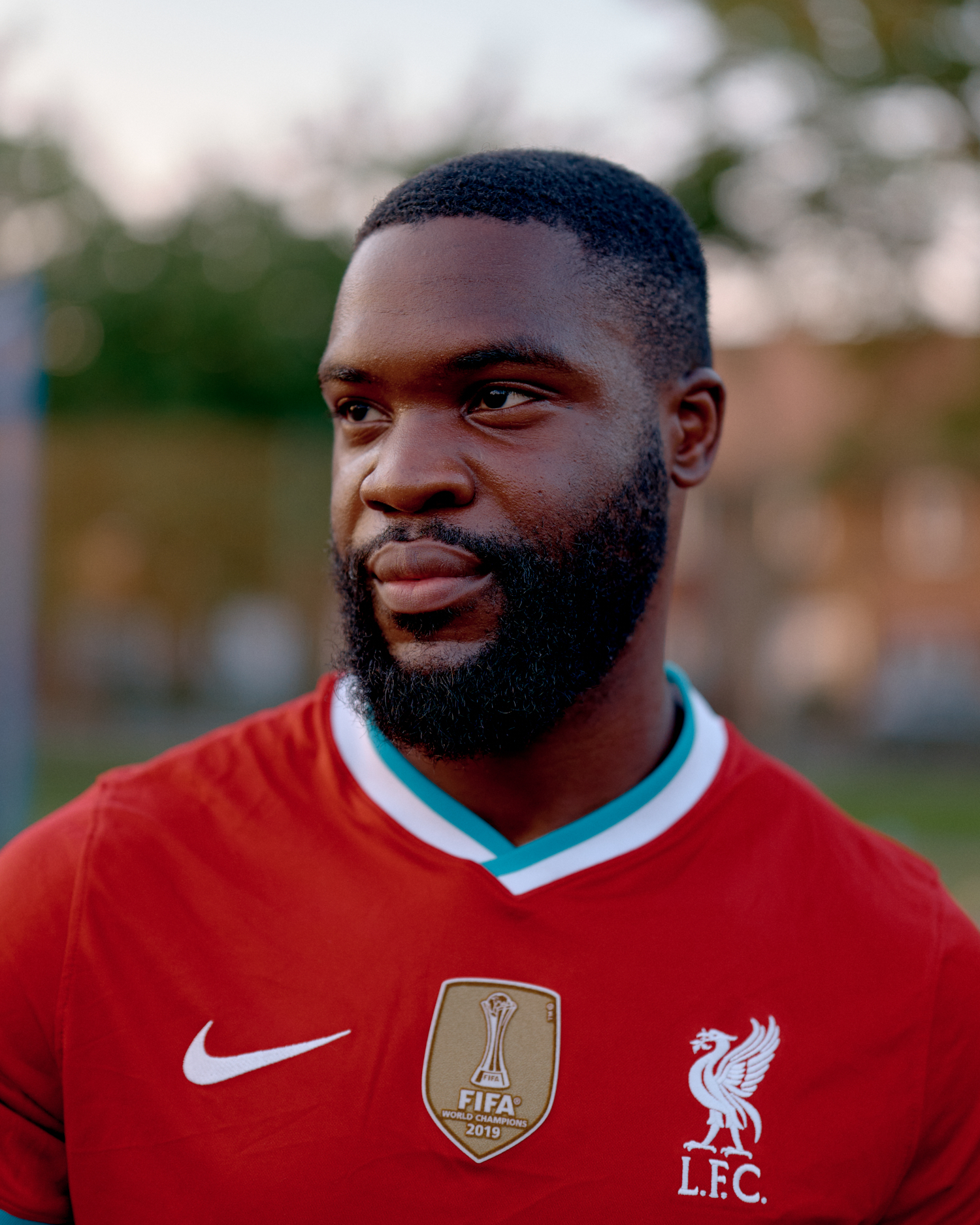
“It is all a construct but I am trying to peel back what’s really there”
– James Bannister
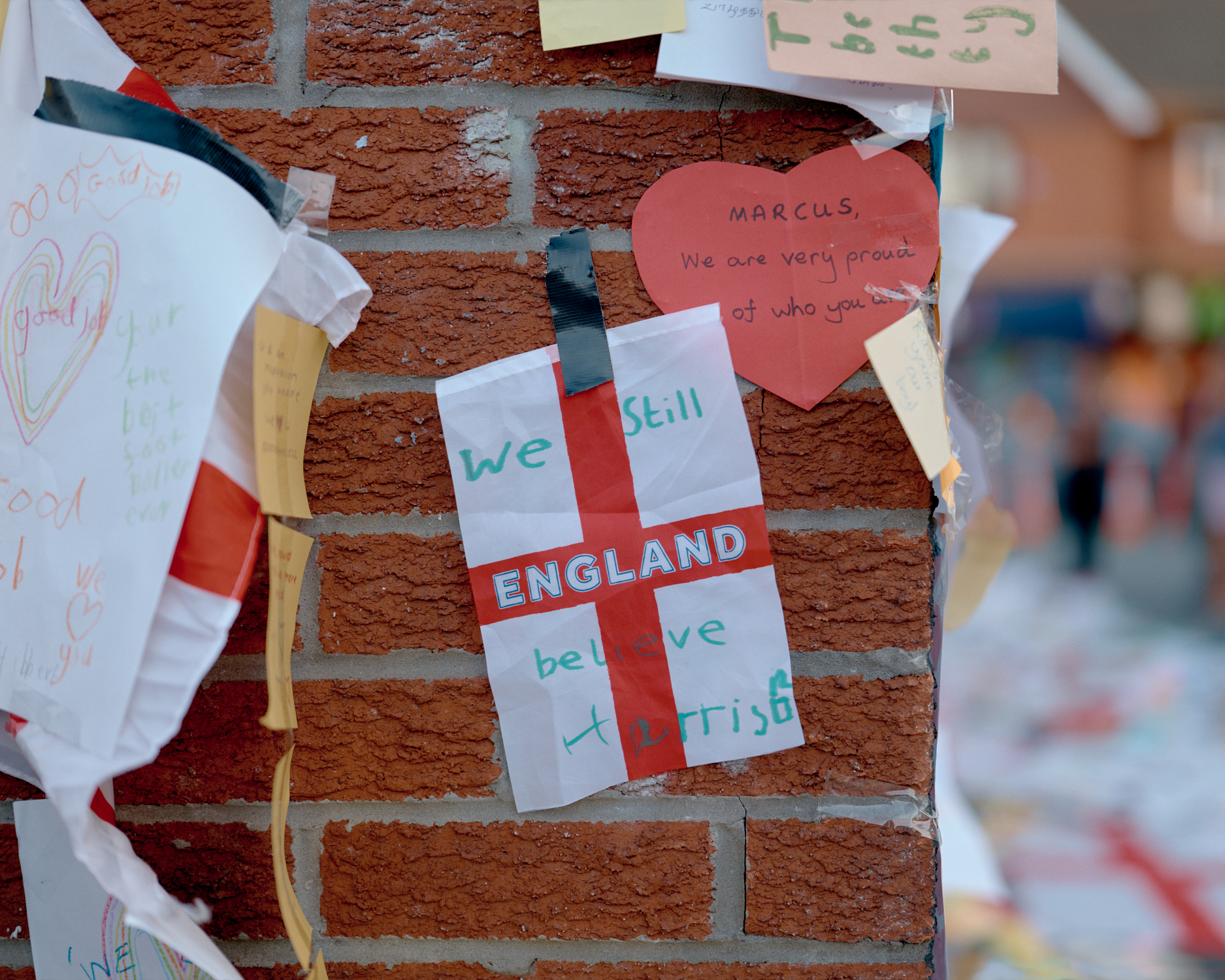
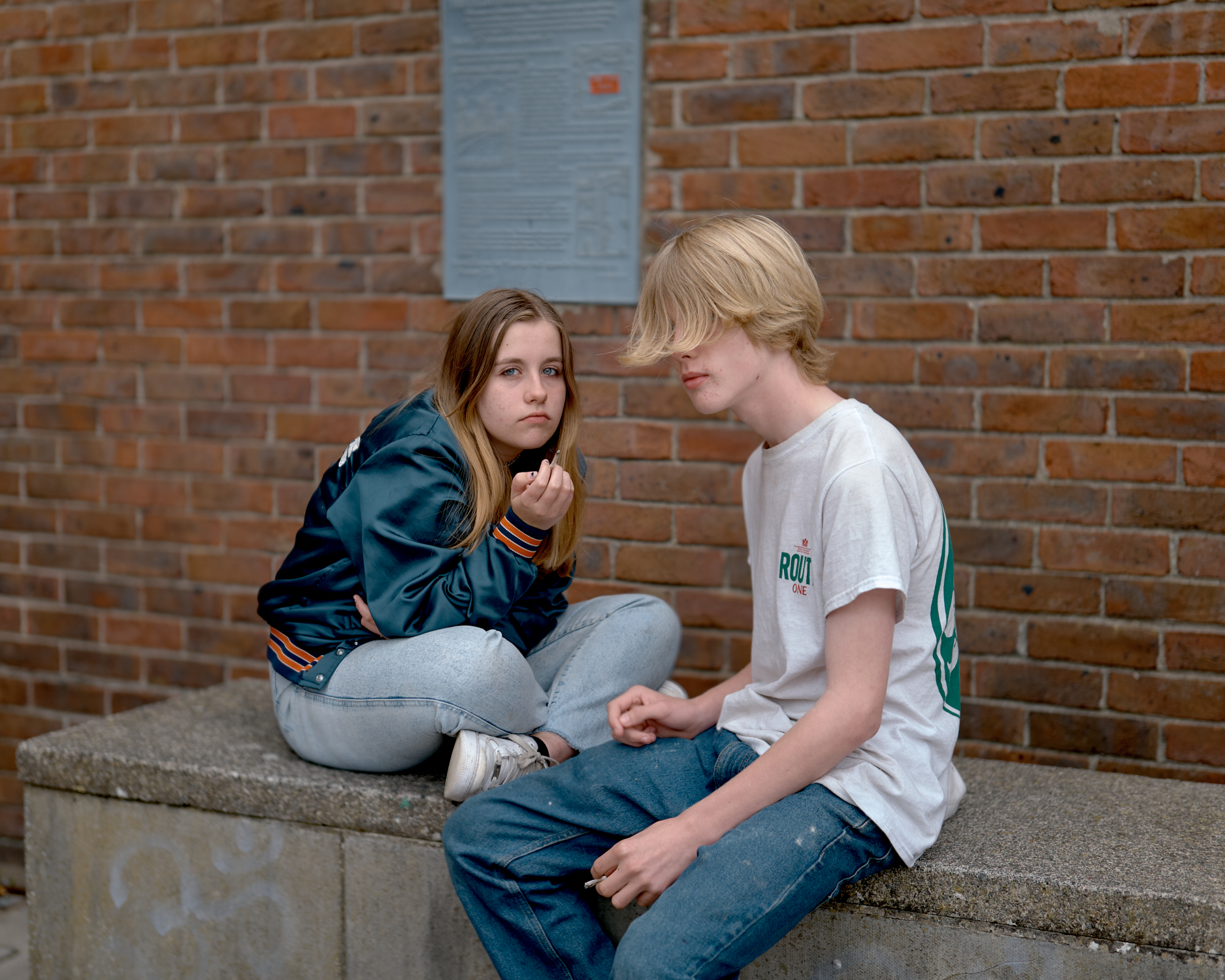
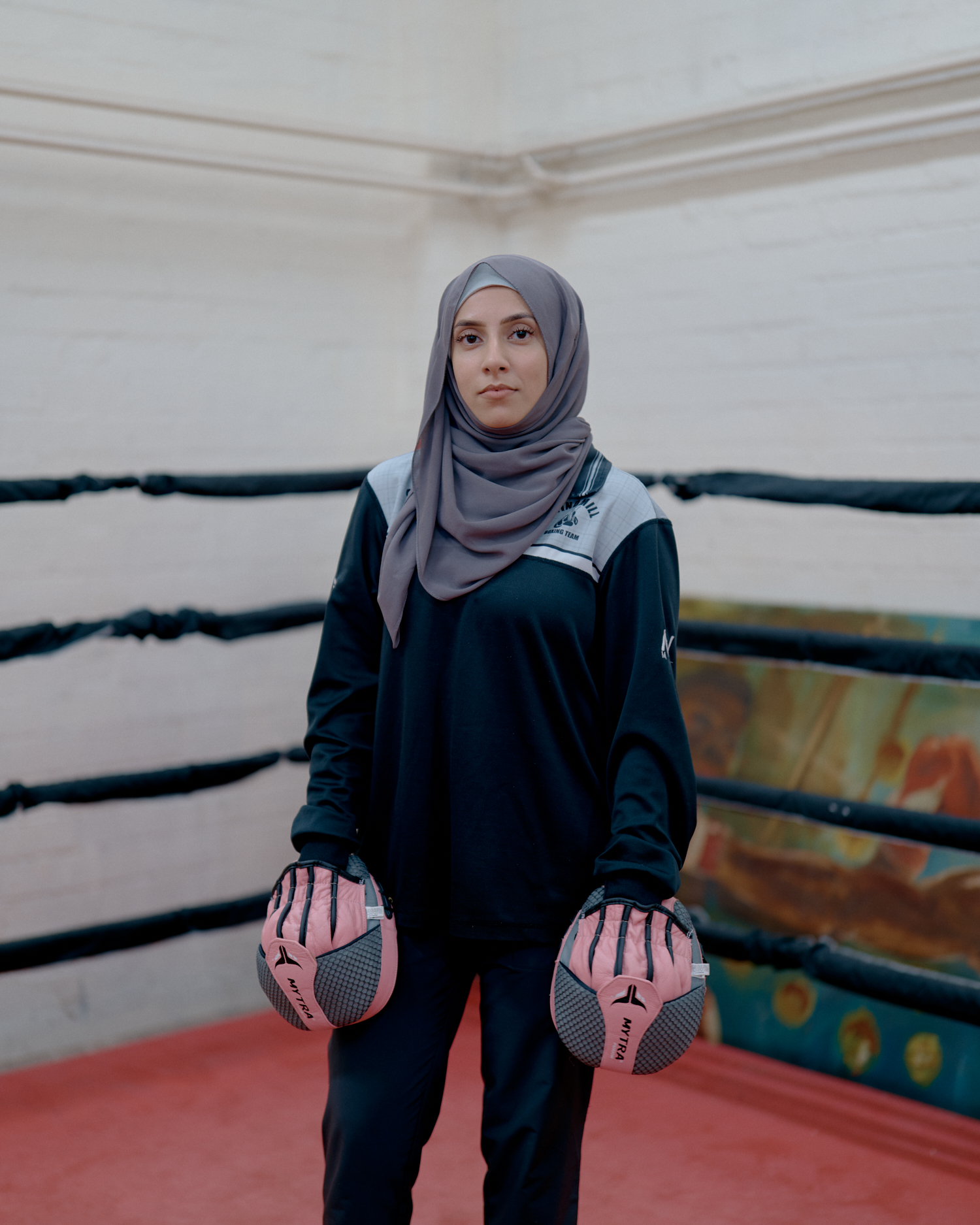
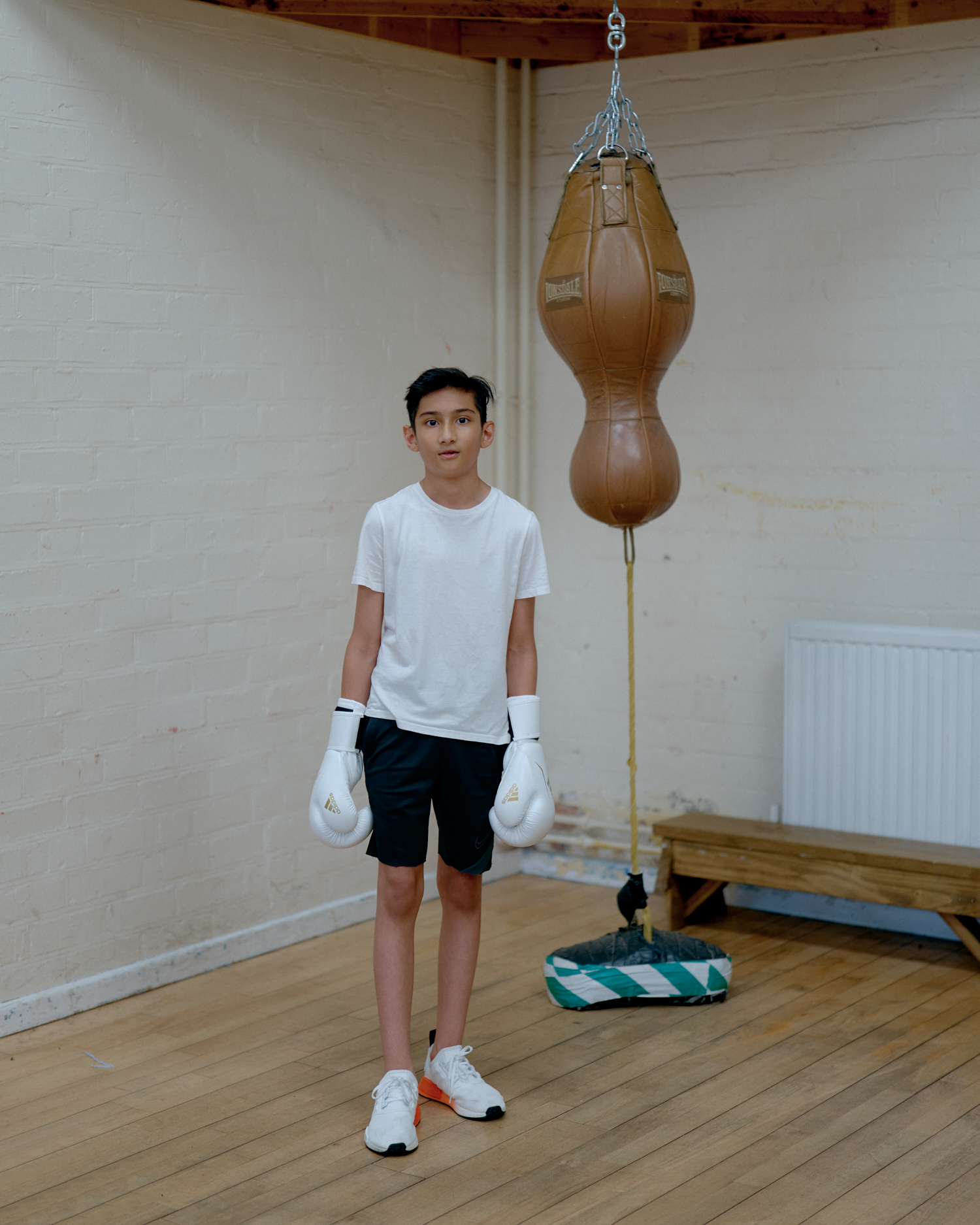
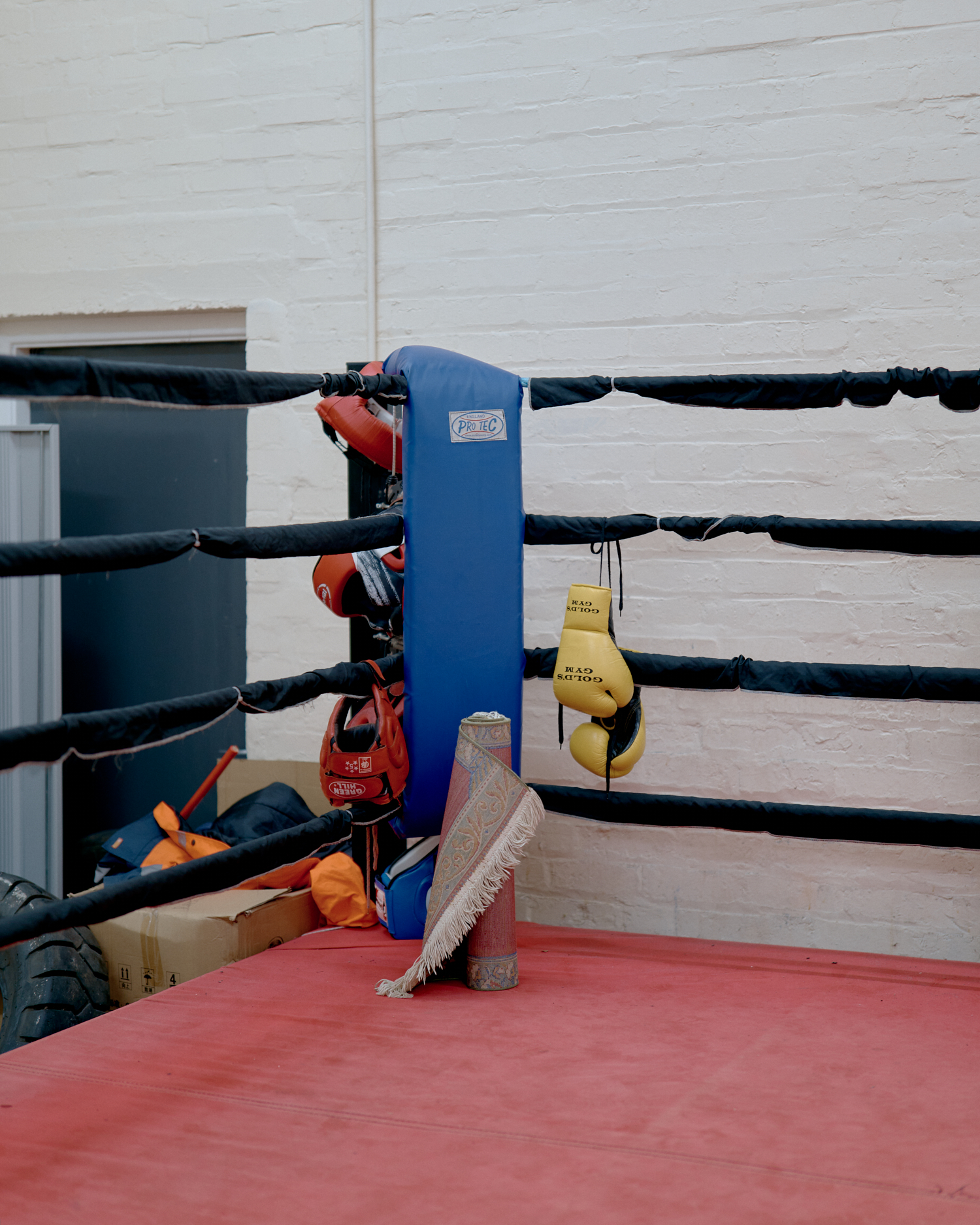
In Glastonbury, the lure of the local leads us to Billy and Jamie, cross-legged and caught-out in “their own secret world”. Bannister remarks on their surprise at his interest in their patch of concrete, and the universality of their plight, shared by teenagers the world over: their entertainment being limited to the local bus stop. The “magic” and “brutality” of their youth ripples through the portrait; the limited circumference of their existence, as it were, almost too close to home.
Further musings from Bannister’s sitters are underscored with notions of community. “Home is a sense of belonging, a safe place”, reflects Haseebah, pictured by Bannister at Birmingham’s Windmill Boxing Club, where she coaches. Haseebah’s ground-breaking campaign to permit boxing women to wear the hijab awarded her the Commonwealth Medal for Community. But it is the daily connection she feels at the club which creates the “balance” in her life; the inspiration of other individuals, and “of learning new ways of life.”
As a storyteller, Bannister’s stance is consciously apolitical. Amidst the backdrop of Covid, Brexit and the torrent of “political gesturing and media noise”, Bannister set out to see what Britain “really looks like” today. The project is attuned to the “national collective psyche”, and yet performed in a different key: a major chord, coloured by a full spectrum of society, and the optimism of finding people “longing to be united.”
Crucially, what unites Witnesses of: Individuality is its commitment to celebrating difference: to the subtleties, idiosyncrasies and surprise of each encounter. It is a gentle offer which requires the belittling of Bannister’s own authorship within the project, reaching a point where he has “removed himself” in a bid for “authenticity”. The paradox of this does not escape him: “It is all a construct” he nods, but “I am trying to peel back what’s really there.”
Bannister admits his narrative is non-linear and fragmentary. Yet it feels its way across Britain with a single-minded ethos, promoting openness, tolerance, and self-awareness. What eventually rises to the surface is the desire to belong: to be heard and be seen. Returning to the words of Leonore, “if you cannot be honest with yourself, you cannot be true to yourself, so you cannot be yourself.” The thriving of individuality is incumbent on us as all, as collective witnesses. Witnesses not only to each other’s inspiring peculiarities and beguiling differences, but to our own flaws and prejudices, in a bid to shed these blinkers. So that we might not just witness, but really look — and hence see better.
The Witnesses of: Individuality commission was a collaboration between Studio 1854 and Leica. Want to work with major brands and NGOs on compelling, cause-conscious campaigns? View our current commission opportunities.
Find out more about Leica here

